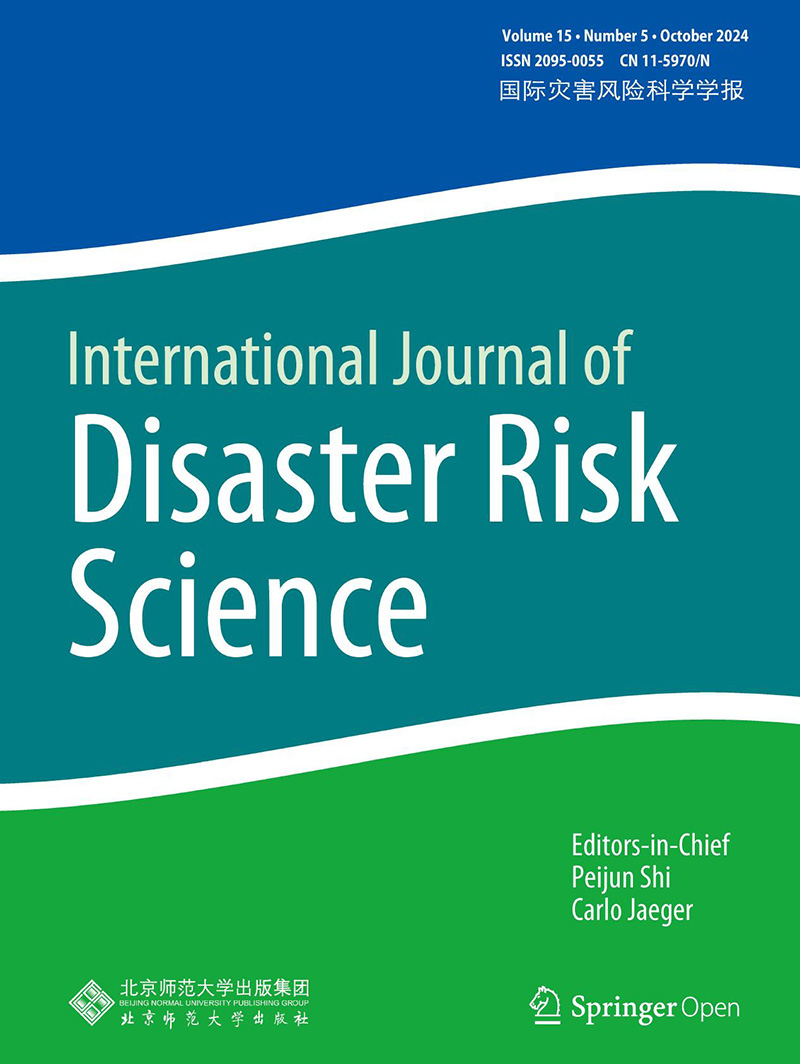Abstract:
Many methodologies identify, analyze, and assess static risks to quantify potential disaster losses based on past and current events. Static methodologies will not, however, capture how climate change and adaptation are rapidly affecting the natural and social systems in many areas. Local and global changes such as those associated with development investments, livelihood pressures, political stability, and demographic trends are also affecting many areas, especially in emerging economies. Risk identification, analysis, and assessment methodologies must integrate all changes dynamically so that risk reduction and development decisions can be based on future needs. After a theoretical explanation of how to integrate dynamic changes, a static Household Economy Analysis (HEA) completed for a rapidly changing area of East Timor was altered using current trends to make the analysis more dynamic. Some inherent difficulties exist with a more dynamic approach and recommendations for overcoming them are presented. Research, government, and nongovernment personnel interested in integrated approaches to risk reduction and development decision-making in areas subject to rapid change will find the study useful.



